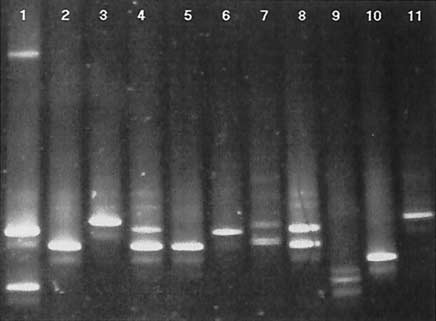acbaonline.com
Copyright 2003. American Cavy Breeders Association. All rights reserved ANTIBIOTICS What I Use I will discuss the commonly used antibiotics forkidneys and can potentially cause fatal antibiotic-cavies and describe several medical situations where Iinduced diarrhea in cavies. I personally use Amikacinwould, or have, used them. I must point out that eachbecause its side effects are report
 T.L. Nikolakopoulou et al.: Distribution of Oxytetracycline Resistance
identified using the probabilistic identification matrix of Williams etal. [25]. In this scheme, three identification statistics were used: theWilcox probability, taxonomic distance and its standard deviation [25].
T.L. Nikolakopoulou et al.: Distribution of Oxytetracycline Resistance
identified using the probabilistic identification matrix of Williams etal. [25]. In this scheme, three identification statistics were used: theWilcox probability, taxonomic distance and its standard deviation [25].